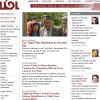
Around the Bloc: Poland’s Tusk Takes Over Top EU Post, Moldova’s Pro-West Alliance Likely to Retain Power
Plus, the pope urges Turkey to open doors to Armenia, and a new Russian convoy enters eastern Ukraine.
More...We kindly inform you that, as long as the subject affiliation of our 300.000+ articles is in progress, you might get unsufficient or no results on your third level or second level search. In this case, please broaden your search criteria.

Plus, the pope urges Turkey to open doors to Armenia, and a new Russian convoy enters eastern Ukraine.
More...
This course syllabus for teaching Golf Tourism in vocational schools provides reasonable coverage of the needed competencies. The guidelines were developed in accordance with the strong request expressed by the sector for the need to implement quality initial vocational training relevant to golf employers’ needs. It aims to provide reasonable coverage of different sectors of the golf industry, some of its key issues as well as essential tourism management principles, such as understanding consumer behavior, planning issues, developing a marketing plan, etc. The training modules include theoretical material, tutorials, project-based lessons, group workshop activities, project work. The teaching materials can be used in two ways: first, as separate activities related to Golf Tourism that can be integrated in Tourism classes, as well as an autonomous course for teaching Golf Tourism including lectures, seminars, workshops and small projects which can be implemented as an optional subject.
More...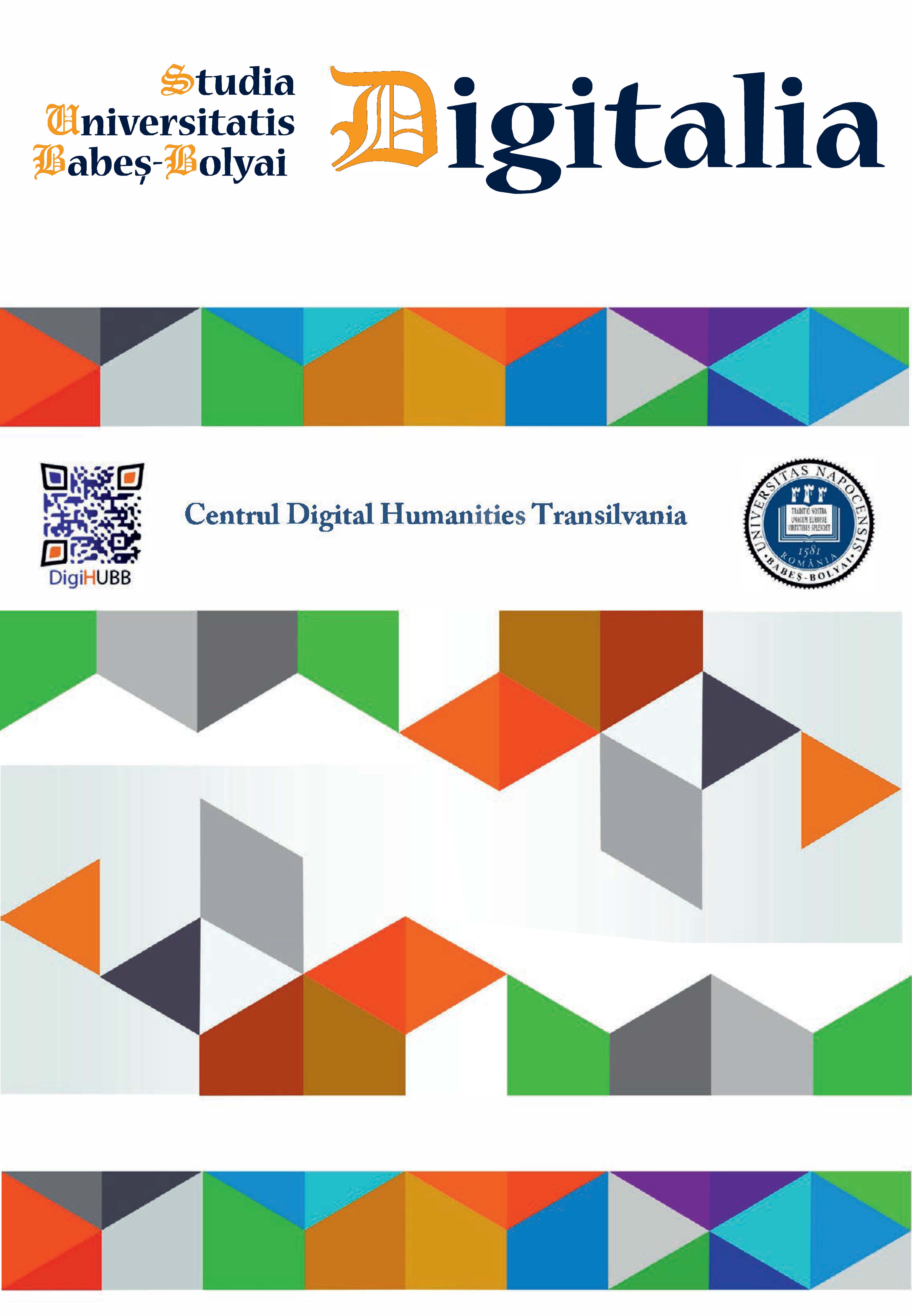
As editors of Studia Universitatis Babeș-Bolyai Digitalia, we are proud to announce the publication of the third issue of Studia Universitatis Babeș-Bolyai Digitalia, the first Romanian academic journal dedicated entirely to the Digital Economy and Humanities research and practice. The main aims of Studia UBB Digitalia are motivating and promoting the research in the interdisciplinary field of Digital Economy and Humanities, especially in Europe, in general, and Romania, in particular. Publishing a new journal on Digital Economy and Humanities is indeed an audacity, given that the field is still seen, after decades of evolution, as an odd hybrid between seemingly incompatible realms of scientific endeavour. Bridging this apparent dichotomy has been the focus of many researchers in the economy, humanities and the computer sciences for the past 50 years, but still the boundaries between the realms exist and grow strong, especially in the institutional practice of universities. Trying to break this barrier proves to be even harder in Romania, where the classification of “traditional” fields of scientific research dictate the distribution of research funds and the evaluation process of research output. Chances are, if an historian publishes an article on his research using computational methods in a journal for computer sciences, that his or her results cannot be “capitalised” in his own field; likewise, computer scientists may see their work in Digital Economy and Humanities not accounted for, if published elsewhere than in well-known CS journals. Digital technologies in economy area have impacted the modern workplace and stimulated the evolution of new forms of management. We are interested how big data and digital technologies are changing how we work and the world we live in. The digital phenomenon is multifaceted and changes the way organizations compete and innovate. It threatens long-lasting business models, and opens up new ways of creating and capturing value. As such, it is not only clearly relevant for management and IT&C practitioners, but also centrally important for management scholars. Digital Humanities and Economy: digital economy is an interdisciplinary field that also uses contributions from digital humanities: big data to understand narratives and plots, methods such as algorithmic analysis of text / videos, advanced visualization techniques, 3-D mapping of texts, digital economy tools for analyzing business and management content, communications, and behavior. The digital humanities sit at the crossroads of computer science and the humanities.
More...
The main sets of symbols of Russia in the visual media culture of Japan are formed in the XX century. This period was saturated with military conflicts and under the conditions of a bipolar political system; reactionary images with noticeable militaristic influence were formed. This study was performed on the materials of visual media culture in Japan, sources such as anime and manga were studied, in which a high concentration of Russian images is observed. During the study of these sources, a complex of several hundred visual and verbal images of Russia was identified, which seems to be a unique phenomenon. Since such an interest in the country-opponent in foreign policy issues is nowhere else observed. The purpose of this study is to identify markers that denote the space of Russian images in individual visual sources and determine their place in the media culture as a whole. Accordingly, the main objective of the study became the development of methods based on approaches of Digital Humanities and Visual Studies. This study allows us to determine the most economically viable images of Russia in the Japanese media industry and makes it possible to use the results of the research in Russia’s state image by stimulating Japan’s visual media culture sector for representation the most auspicious images.
More...
The dynamic economic environment is driving the evolution of traditional supply chains toward a connected, smart, and highly efficient supply chain ecosystem. Algorithms become powerfull tools that enable machines to make autonomous decisions in the digitized supply chain of the future. The present paper proposes an decision making mechanism for smart supply chain management in the petroleum industry. This industry has a strategic position as it is the base for other essential activities of the economy of any country. The petroleum industry is faced with volatile feedstock costs, cyclical product prices and seasonal final products demand. The current paper considers the position of a refinery as it is at the middle of the integrated petroleum supply chain, between the upstream and downstream. It procures crude oil from upstream assessing the price, quality, timing, and distance to the refinery in order to decide the optimal acquisition. Additionally, the refiner has to carefully monitor the price risk and manage the inventory. The manufacturing activities of the refiner requires thoroughly planning and scheduling the production levels and supply chains for all the derivates and feedstocks for petrochemical industry using tools for decision making in order to estimate market opportunities and threats under volatile market conditions.In order to provide a reliable and practical decision making model, the current paper proposes a mechanism for decision support under uncertainty using maximum expected utility.
More...
In the digitalization era, the notion of gamification appeared in every field of activity. Experimenting gamification of programming hours by practitioners and teachers in the 2017-2018 school year at the 5th grade is part of the research area related to identifying ways to improve student engagement and skills for lifelong learning.The article will present the outcome of this pilot experiment, which aims to track the evolution of pupils during the project, by analyzing and comparing the results from the initial evaluation with those from the final evaluation. The purpose of the article is, on one hand, to contribute to the literature with new results in the field of digitization of the teaching-learning activities through gamification, and, on the other hand, to present a new teaching instrument used to streamline the instructive-educational process at the fifth grade students, within the Computer Science, which is now a mandatory object. The experiment was conducted in accordance with the Creative Computing curriculum created by the ScratchEd team at the Harvard Graduate School of Education.
More...
In the present study, we analyze the students’ reaction to the introduction of Web 2.0 as teaching-learning environment in digital economic theory, in a society where the internet was introduced in 1990. The article is the result of a research extended over two years. The research focuses on the study of behavior observed to the students with computer usage knowledge in relation to the translation of their activities on Moodle platform. The students belong to a department of Economics Informatics of a Romanian University. Specifically, we sought if Moodle with its facilities to assist/guide the student in the learning process can increase the percentage of those who will assimilate knowledge of databases theory apply in economic fields, compared to traditional ways of teaching. The outcome of this study can be considered favourable on Moodle application.
More...
The present study was originally aimed at creating a helping tool for teaching and understanding art history through the use of visual schemes. Despite the fact that timelines are often present in both history and art history books their status is rather that of footnotes (Wolf, Gombrich 656-663, * * * 392-395) and a study for their methodology and usage was truly lacking. Considering the way in which simple data visualization can comprise vast amount of information and deliver it in an efficient manner, it makes it worthwhile to ensure its scientific quality and accuracy through proper methods, as well as to actually creating ones that are both simple and eye-catching. Thus this paper is a result of a personal interest in the development of such tools and the challenges encountered along the way. Offering valuable information in a short glimpse through simple graphics over the life and the artistic creation of various artists is only enhanced by the opportunities provided by digital tools and the virtual environment, so it is perhaps an auspicious time to start seriously considering this type of research.
More...
Once the advances in technology evolved into being recorded, and awareness regarding globalization processes strengthened, it became facile to observe the rhythm and the series of changes produced in societies, political systems or economic and cultural life, as well as the transversal effects that resurface. And unequivocally these effects become implied in most areas of activity. Thus, an example of this could be the appointment of the first Digital Ambassador, namely that of Denmark, “based out in Silicon Valley, in order to create a line of communication between the US tech companies and the Danish government” .
More...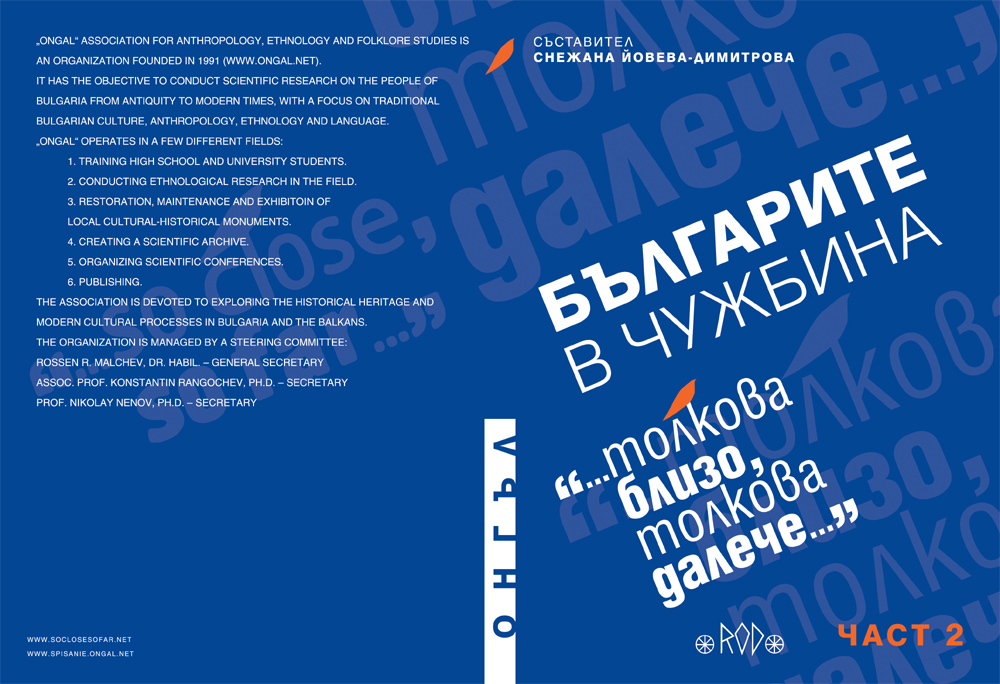
This publication provides information on the status of Bulgarian academ¬ic communities around the world in terms of their size and organizational ac¬tivity. It underlined the need of targeted state policy for intensifying interac¬tions with young Bulgarians with education and experience gained abroad, driven by the necessity of: highly qualified specialists for the development of Bulgarian economy, including in areas that are not covered in our educa¬tional system; building an active Bulgarian lobby in countries having stra¬tegic importance for the development of Bulgaria; using young Bulgarian professionals for the development of bilateral trade and economic relations with the countries in which they were trained. Special attention is paid to the dialogue of the State Agency for Bulgarians Abroad with Bulgarian students associations focusing on their return and career development in Bulgaria. Summarized are the positive practices of the institution on the same topic from 2002 to the present. Finally, it is emphasized that the Bulgarian young people with acquired education and experience abroad are a kind of “second Bulgaria“ whose potential has not yet been fully exploited. With properly formulated government policies, that potential can be particularly beneficial to our national interests.
More...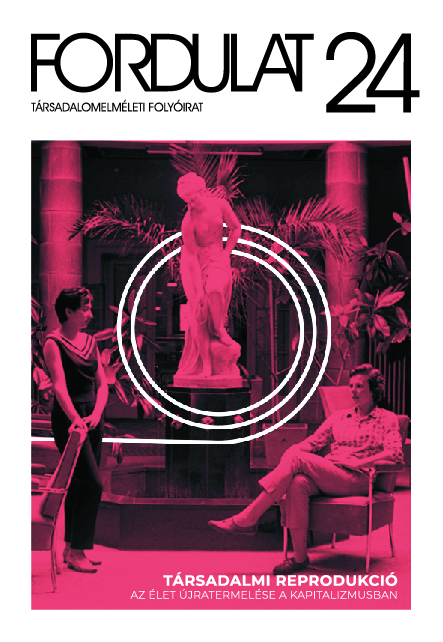
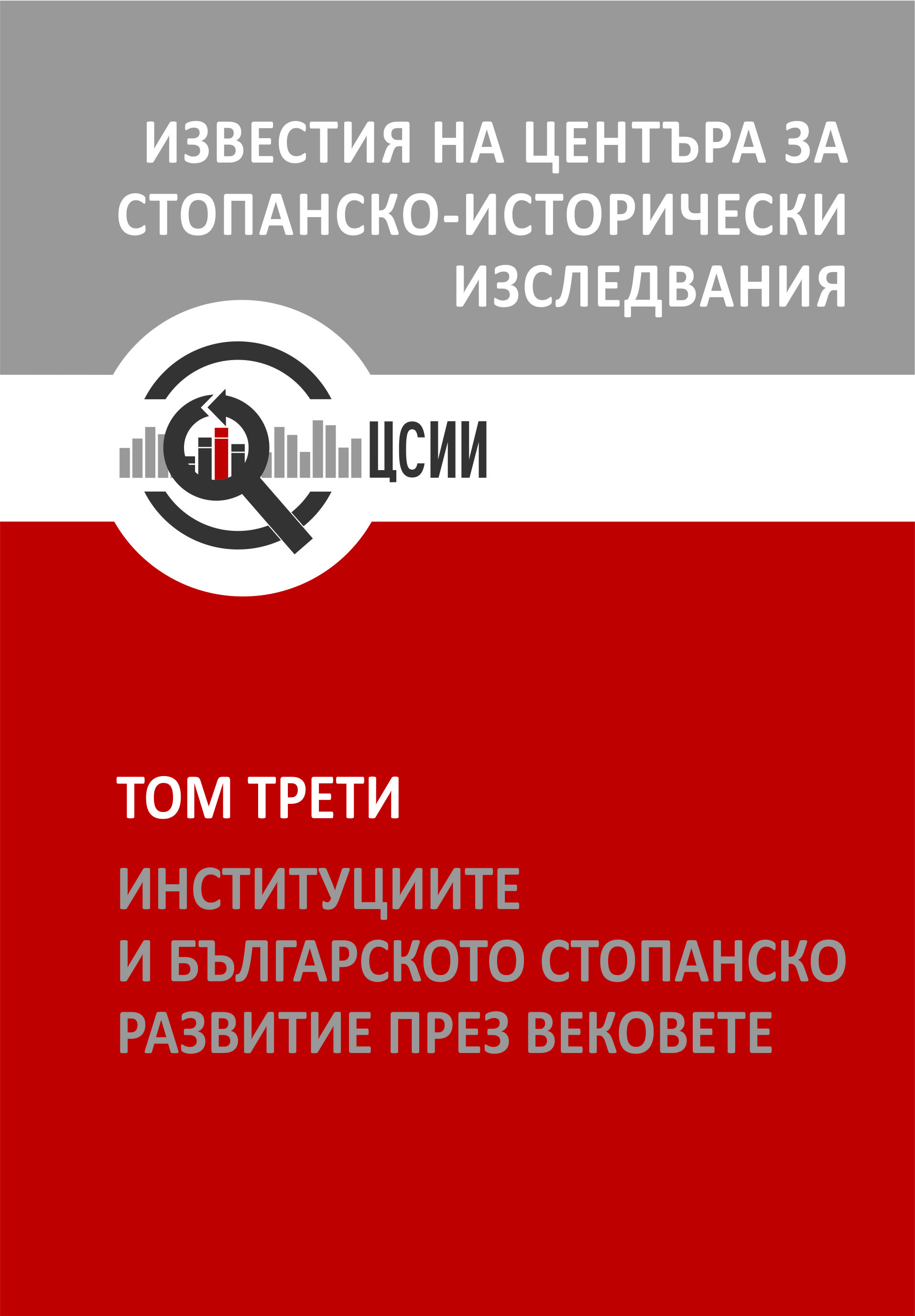
The paper presents the main commercial law institutes and their manifestation on the Bulgarian market in the second and third quarters of the nineteenth century – commercial companies, commercial courts, bankruptcy. They are regulated by the trade legislation and, in this sense, modernity is enshrined in them. Insofar as the modernity is difficult to break through and difficult to place in the oriental conditions of the region, these institutes acquire a specific local appearance that is subject of the analysis in the article. In these structures the modernity is combined with traditional stereotypes. In addition, there are phenomena that are contrary to the law and public morality: corrupt practices, the use of friendly and ties to provide a favorable outcome of a case, seeking legal information and specialized advice through informal contacts, pressure on the members of the trade court. Several key case studies have been considered in the paper and an attempt has been made to formulate hypotheses on the subject, both on the basis of own studies – already published and current, as well as on the basis of recently published contributions, mainly PhD theses. The present study revises the statement in the historiography that laws are adopted in the Ottoman Empire, but they remain “just on a book”, while reforms are formal and imposed “from above”. This statement is not true about the Commercial Law and the commercial law institutes.
More...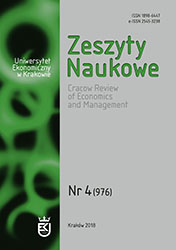
The combination of the terms „countryside” and „tourism” is usually associated with the use of rural areas or activating them for the purpose of tourism. However, the tourist activity of rural dwellers is rarely analysed. The purpose of this article is to try to answer the following question: How do tourists coming from rural areas to cities differ from visitors who come from urban areas? With the use of information obtained from the study of tourist traffic in Kraków, Poland, statistically significant differences in the behaviour of these two groups visiting the city in 2017 were determined. The empirical analyses are preceded by a review of Polish and foreign literature on tourist activity and its determinants, on urban tourism and on the functioning of the modern countryside. The results show that rural dwellers, more frequently than their urban counterparts, take shorts visits to cities and use the services of tour operators.
More...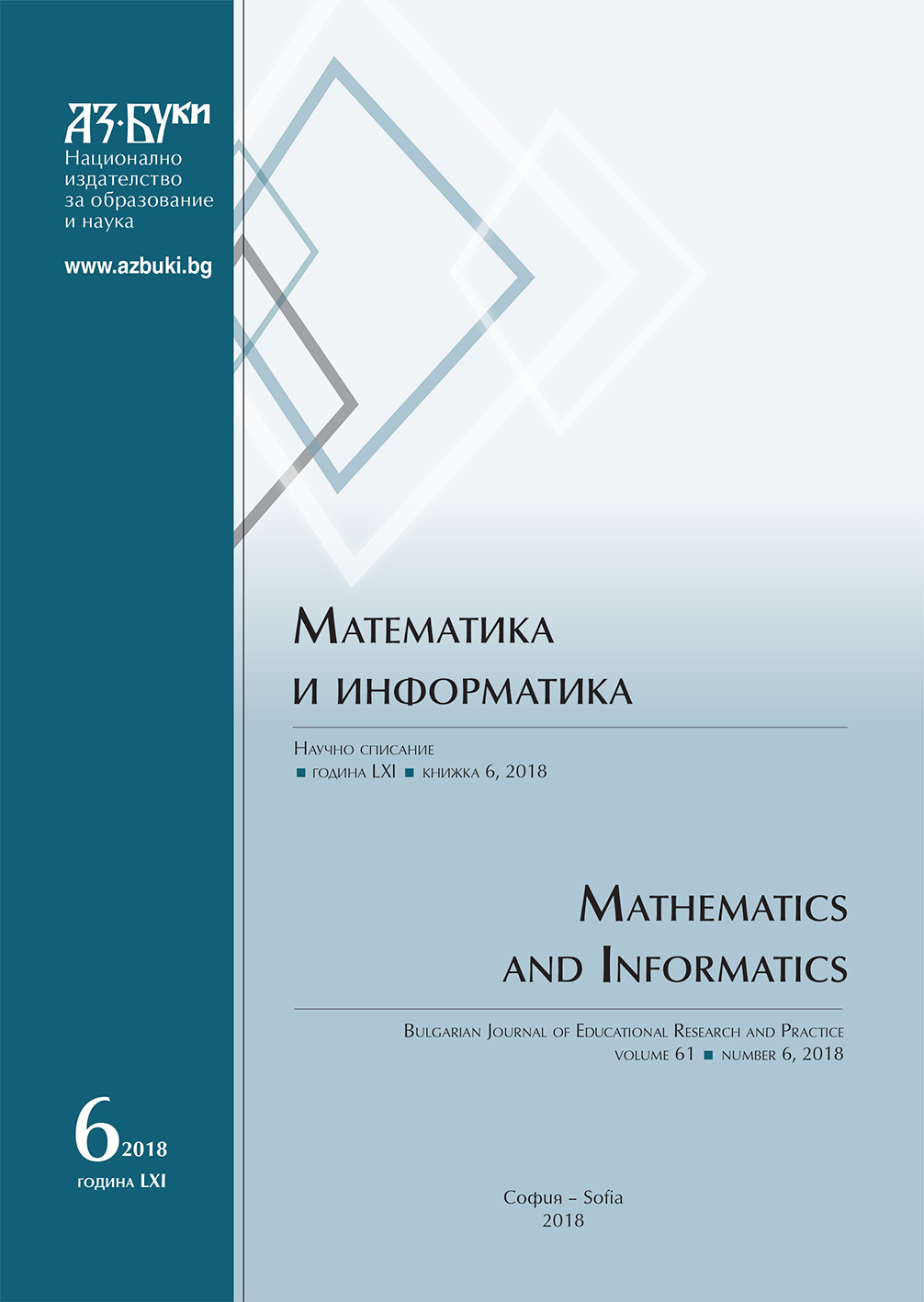
The article presents the authors’ point of view on the role and place of fundamental mathematical knowledge in modern society. The main idea is the need to review the process of creating and using electronic educational resources. Conclusions are drawn that information technologies allow to strengthen professional orientation of fundamental education.
More...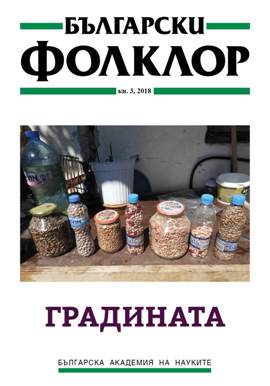
The first part of the article presents the theoretical and methodological basis of the study of interconnections and interactions between the social and plant world in gardens, with an emphasis on the concept of biocultural diversity. Experience from collaborative field studies of ethnologists and botanists has been shared. The second part presents observations and reflections on the garden as a multilayered topos: an economic but also an aestheticized place; a place of conservation of genetic resources and knowledge, but also of experiments and innovation; a place where the diversity and composition reflects social relations, hierarchies and conflicts, social mobility and migration, memory of important events and loved ones, cultural orientations and values. The analysis shows that the garden is characterized by constant doing and incompleteness, that it is a place where people bring together different spaces and times and that each garden has its own biography that reflects the life trajectories of its owners.
More...
The article considers urban gardens as a typical urban farming practice, with a high potential for organizing social energy and the emergence of intensive and sustainable social relationships in time. There are four models for urban gardens, which were created on different occasions but successfully implemented by non-governmental organizations on the territory of a metropolitan municipality. The article reveals the specificities of the functions that urban gardens perform and proves that the non-governmental sector has a huge role to play in promoting urban farming practices and unleashing the potential of urban gardens. Through in-depth interviews, the enthusiasm and the high social commitment of people who have implemented urban gardening initiatives are demonstrated. The models presented could be implemented as examples of the deployment of urban agriculture in the capital.
More...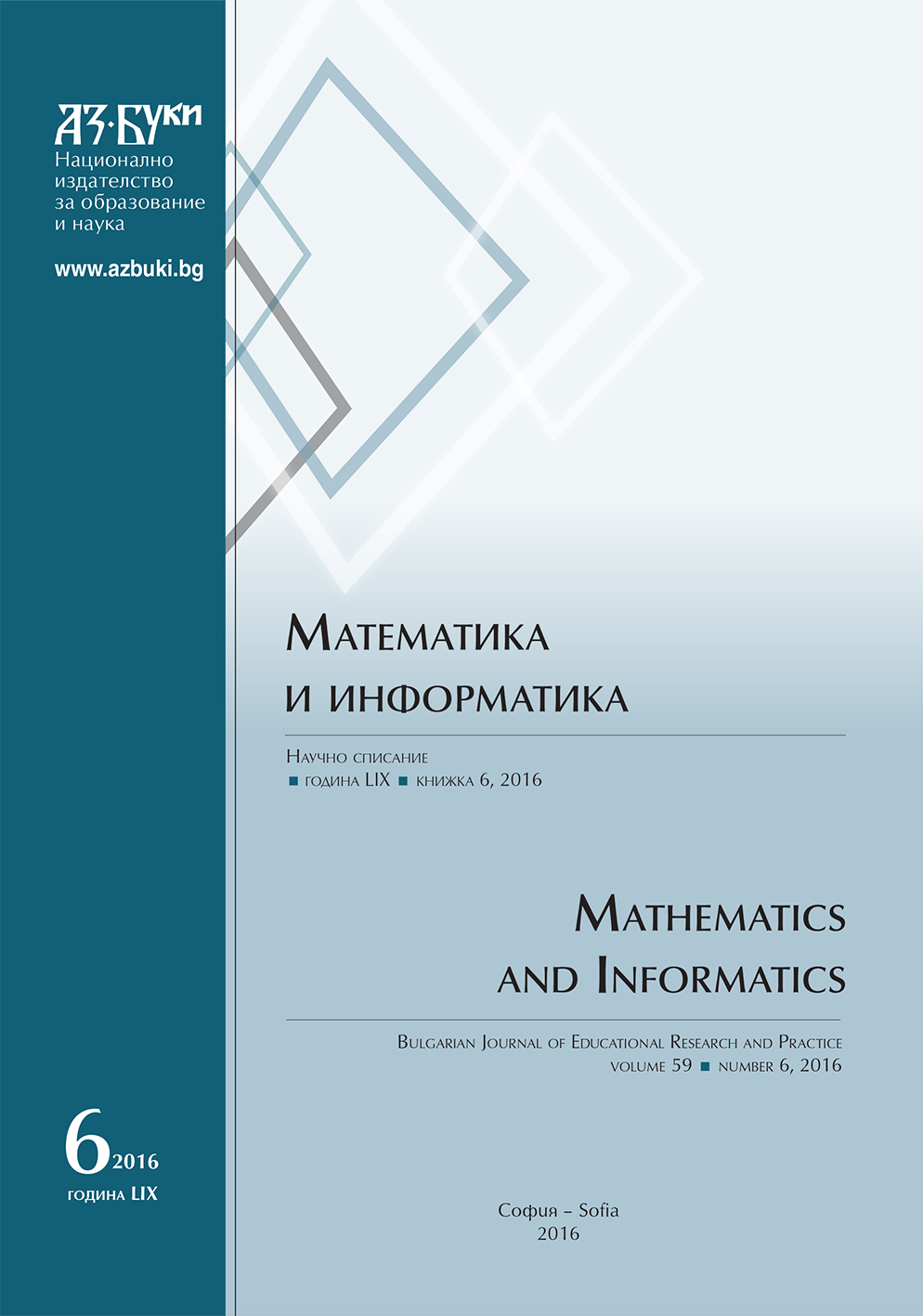
There are four backbones to analyze time-series in general and forecasttime-series for financial markets: Chaos-theory, Fuzzy logic, Neural networksand Genetic algorithms. The first one is considered in (Magenreuter, 2016a), whilete third one in (Magenreuter, 2016b). The present paper is dedicated to the secondone analyzing posibilities for its application. Some results are discussed in promisingoutcomes.
More...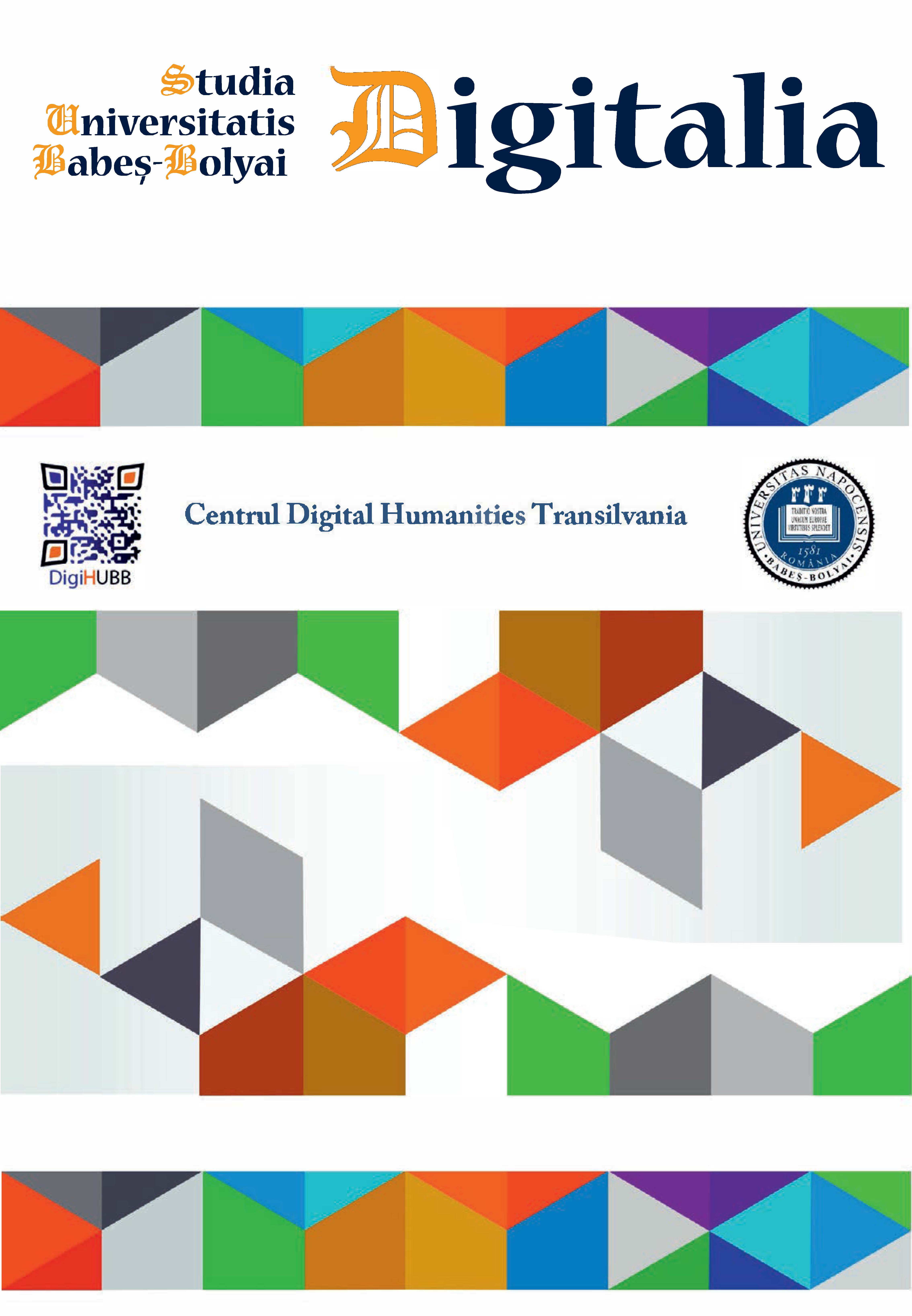
The present paper has the goal to document the usage of the Romans 1by1, a database which records the people attested in the epigraphic sources coming from the Roman provinces; so far, we have registered Dacia, Moesia Inferior and Moesia Superior in full and are currently working on the epigraphy of Pannonia. The information started to be collected in 2015, and it is still in progress, the intention being to extend the geographical area as much as possible. The database represents an extremely useful resource in the study of ancient population, as well as a very user- friendly research tool, which allows primary browsing and selective, advanced searches alike.
More...
Digital tools have enhanced the possibilities of historical prosopographic researches, bringing to light facts and connections unnoticed before. Showcasing two very different databases – in structure, timeframe and employed sources – we will try to highlight how structured data can prove useful and revealing for the prosopography of the people living in all historical periods and areas. In order to make our point, we will first present the two databases from architectural and technical points of view, then we will focus on case studies extracted from each of them. The aim is to highlight the gain in historical knowledge brought forth by the employment of digital tools and technologies and how these means actually increase our insightfulness when facing the sources.
More...
The Pantheon 3D cultural programme is the most ambitious initiative in the field of new technologies applied to archaeological heritage carried out by the National Museum of Unification in Alba Iulia, one of the few at national level. In concept, the programme aims to render valuable the Roman artefacts belonging to the museum, using interdisciplinary methods. Via modern technologies and 3D documentation, Roman art works are digitized with the goal of accomplishing a virtual collection and a 3D interactive platform. The Pantheon 3D exhibitions and publications offer examples of three-dimensional models using specific techniques of non-textured rendering of surfaces, useful within studies of art history and as virtual models for artistic and iconographic interpretation.
More...